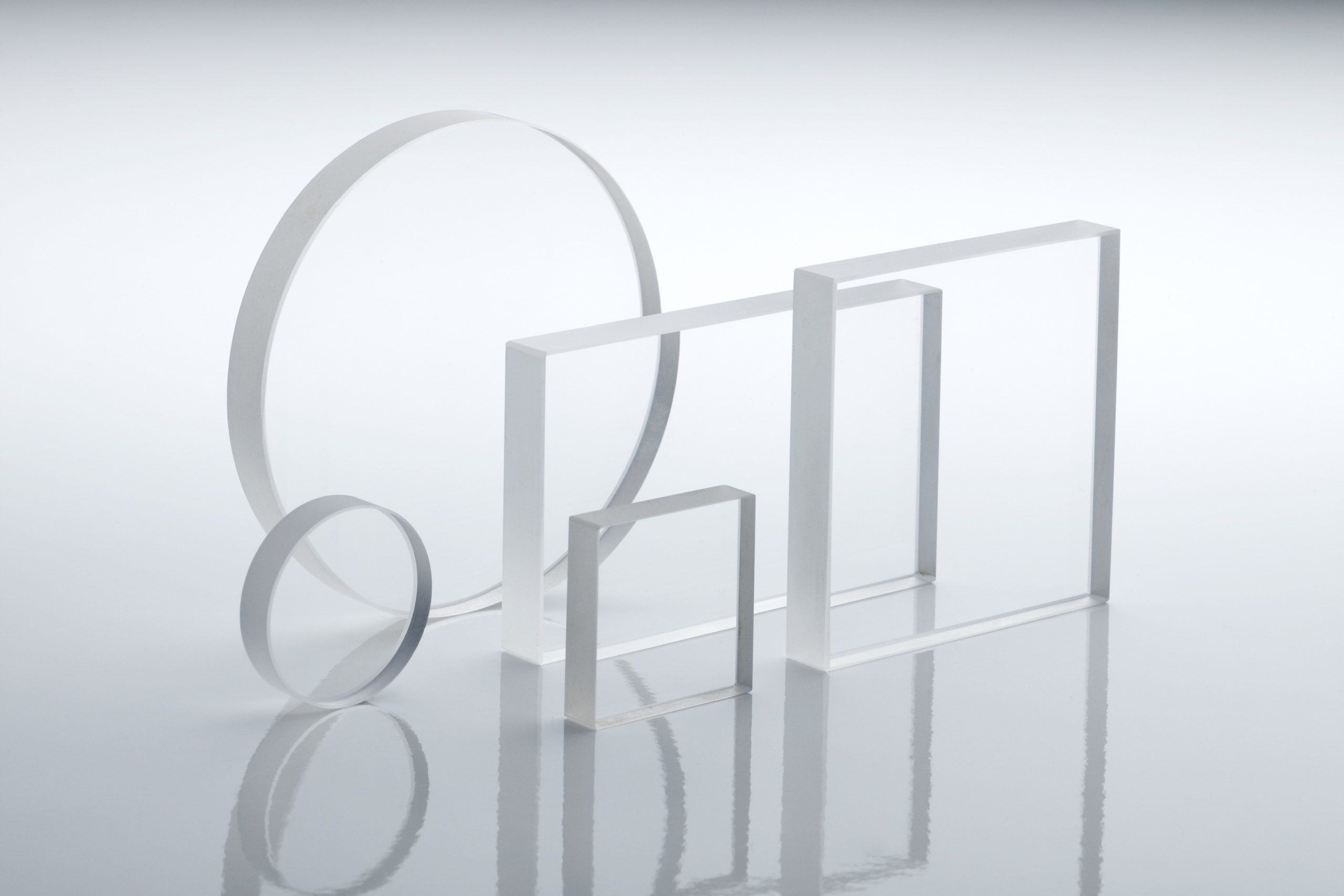The Benefits of Broadband Antireflective Coatings in Telecoms Applications
17th Dec 2018
What is broadband antireflective coating? Broadband antireflective (BBAR) coatings are designed to significantly enhance the efficiency of light transmission of any optical substrate. They work by reducing surface reflections over a wide wavelength range.
BBAR coatings also assist in improving image contrast for display applications, reducing ghost images. Broad wavelength range is an operating wavelength in excess of 100nm.
What is the difference between broadband and narrowband antireflective coatings?
Narrowband antireflective coatings work in the same way as broadband antireflective coatings, differing mainly in wavelength range. Whilst BBAR coatings are effective in the 100nm plus wavelength range, narrowband coatings work best in the 5-20nm range. The other difference is the rate at which the coatings reduce reflection and boost transmission.
Why are BBAR coatings recommended for telecoms applications?
Because broadband antireflective coatings are effective in the higher wavelength ranges, they are ideal for telecoms applications where optical components are required to operate between 1050 and 1700nm.
Optical windows, designed to maximise transmission whilst minimising absorption and reflection, are used mostly to protect optical systems and electronic sensors from environmental elements. In a telecommunications environment, this is a critical task, which is why the importance of a quality BBAR coating cannot be over-emphasised.
What level of enhancement can be achieved with a BBAR coating?
The general rule of thumb is that narrowband coatings can achieve greater levels of reflection reduction than broadband; however this depends on the precise nature of the coating.
At Knight Optical, our BBAR coatings are designed to achieve less than 0.5% reflection in the telecoms band, and an extremely low 0.09% reflection at 1550nm. Applied to our telecom grade windows, the coatings are perfect for fibre optic applications in the S (2-4 GHz) and C (4-8 GHz) bands between 1460nm to 1560nm, with excellent transmission maintained out of the operating wavelength.
Are there any special processes that can further enhance a telecoms window?
Sandblasting of special patterns; glass bending, CNC shaping and water jet cutting to achieve unusual shapes; screen printing and edge polishing are just some of the specialist options we offer for our telecoms grade windows. Depending upon the precise nature of your application, our experts are able to custom design telecom grade BBAR windows using any of these processes to suit your specific needs and application or environmental challenges.
Telecom Grade BBAR Windows from Knight Optical
Stock telecom grade BBAR windows are available in discs or squares from 10 to 100mm in 1, 3 or 4mm thickness. Custom windows can be supplied within short lead times. Windows are created from B270 Superwhite glass for the ultimate in transparency and high transmission.
For full technical specifications please visit
You are also welcome to contact our multilingual technical sales team for personalised advice by calling 01622 859444 or emailing [email protected].